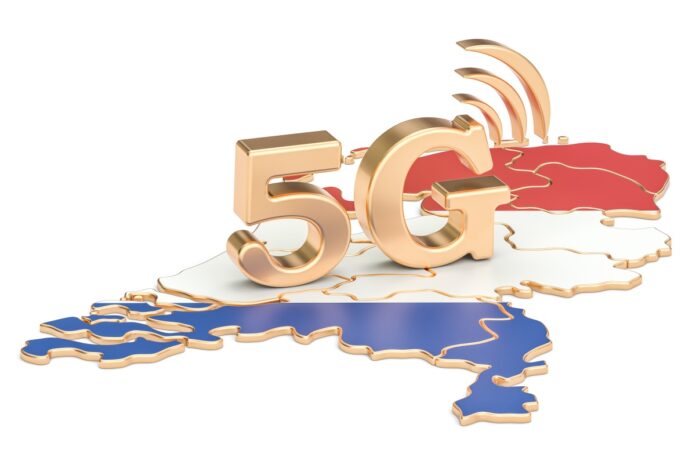VodafoneZiggo, the Dutch communications service provider, is launching 5G with Ericsson’s Spectrum Sharing and 5G Core.
This is part of VodafoneZiggo’s GigaNet strategy, which is designed to accommodate the unusual situation in the Netherlands regarding spectrum.
In June 2020, the 700MHz frequency will be auctioned, but the 3.5GHz band, which is used by the country’s defence satellite system, will not be auctioned until 2022.
Use what you have
By deploying Ericsson Spectrum Sharing now, the thinking is that VodafoneZiggo can quickly introduce 5G over a wide area, using existing frequency bands and Ericsson Radio System equipment that is installed already.
The Ericsson Spectrum Sharing software can run on any of the five million radios Ericsson has delivered since 2015.
The launch of 5G is a continuation of a long-standing partnership – Ericsson provides most of VodafoneZiggo’s mobile network technology plus managed services.
In January 2020, the partners launched a 5G co-creation environment, the 5G HUB, offering companies, startups and students the chance to explore 5G in practice.
Long-term partners
Previously, the partners also achieved the commercial launch of the country’s first end-to-end cloud based VoLTE network, and in February 2020, a 3G switch off was realised enablingVodafoneZiggo to leverage the 2100 MHz band and provide increased capabilities to end users.
Jeroen Hoencamp, CEO of VodafoneZiggo, said, “We are making use of the latest innovative technology to apply 5G in existing frequency bands, using our existing antennas. With the addition of 5G, we want to offer the Netherlands the best fixed and mobile digital infrastructure in the world which will result in a new form of connectedness.”
Arun Bansal, President Europe and Latin America, Ericsson noted, “This is another great example of our strong partnership with VodafoneZiggo. Launching 5G in the most economical way by jointly deploying an end-to-end 5G solution using Ericsson Spectrum Sharing, as well as leveraging their existing Ericsson Evolved Packet Core in a Non-Standalone configuration



